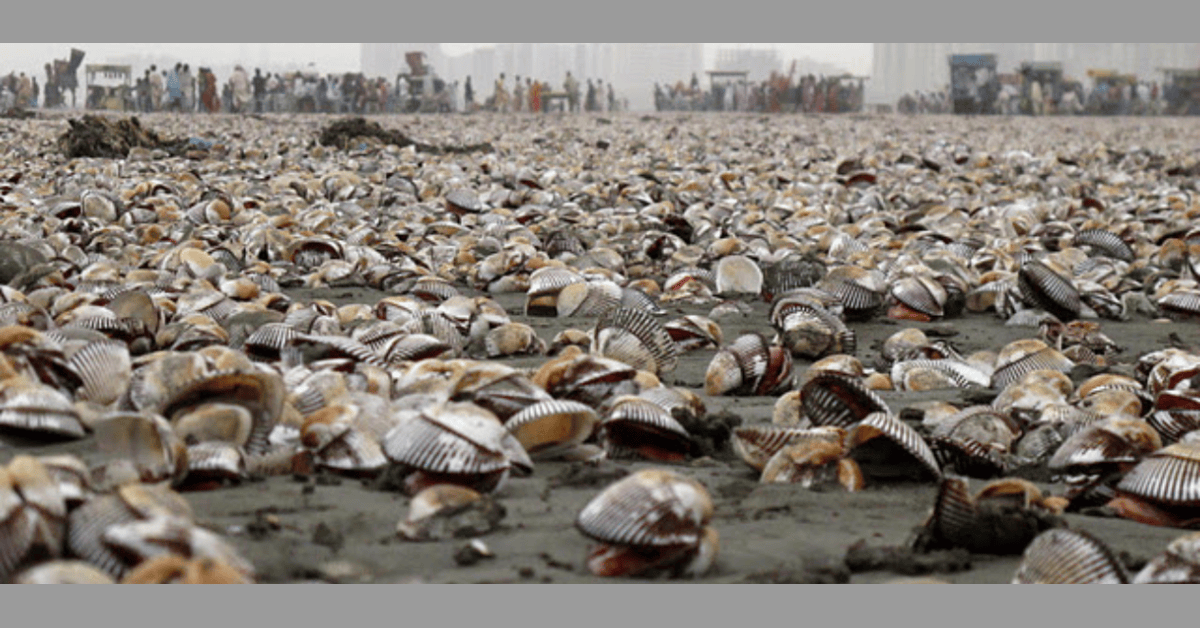In July 2025, oysters wash ashore at Clifton Beach became a viral event as thousands of marine bivalves, including blood clams, appeared along Karachi’s coastline. The phenomenon observed on July 5 and 7, with beachgoers witnessing large and small oysters—many still alive—spread across the shore.
The incident quickly gained attention as residents collected oyster shells and shared visuals online, turning it into a trending topic. The Clifton Cantonment Board launched a cleanup operation, deploying heavy machinery to remove the oyster remains. High temperatures accelerated decomposition, causing a strong odor across the area.
According to marine experts, including Moazzam Khan from WWF-Pakistan, the oysters wash ashore at Clifton Beach event caused by unusual wind patterns that generated strong tidal currents. These currents dislodged oysters from their seabed habitats and pushed them to the surface. Khan emphasized that the presence of live oysters suggests a natural oceanic shift, rather than marine pollution, which usually results in mass mortality.
Oysters, commonly found in coastal regions and valued globally as seafood, typically end up on beaches in empty shells after natural death or predation. The scale of this event at Clifton Beach is unprecedented for Karachi, marking a rare natural occurrence.
Clifton Beach is a popular recreational site but often faces pollution from plastic waste, untreated sewage, and previous marine life incidents. However, unlike earlier events—such as dead fish washing up due to pollution—the current incident is attributed to environmental conditions like wind shifts and tidal action.

